Home>Gardening & Outdoor>Landscaping Ideas>What Time To Water Your Grass
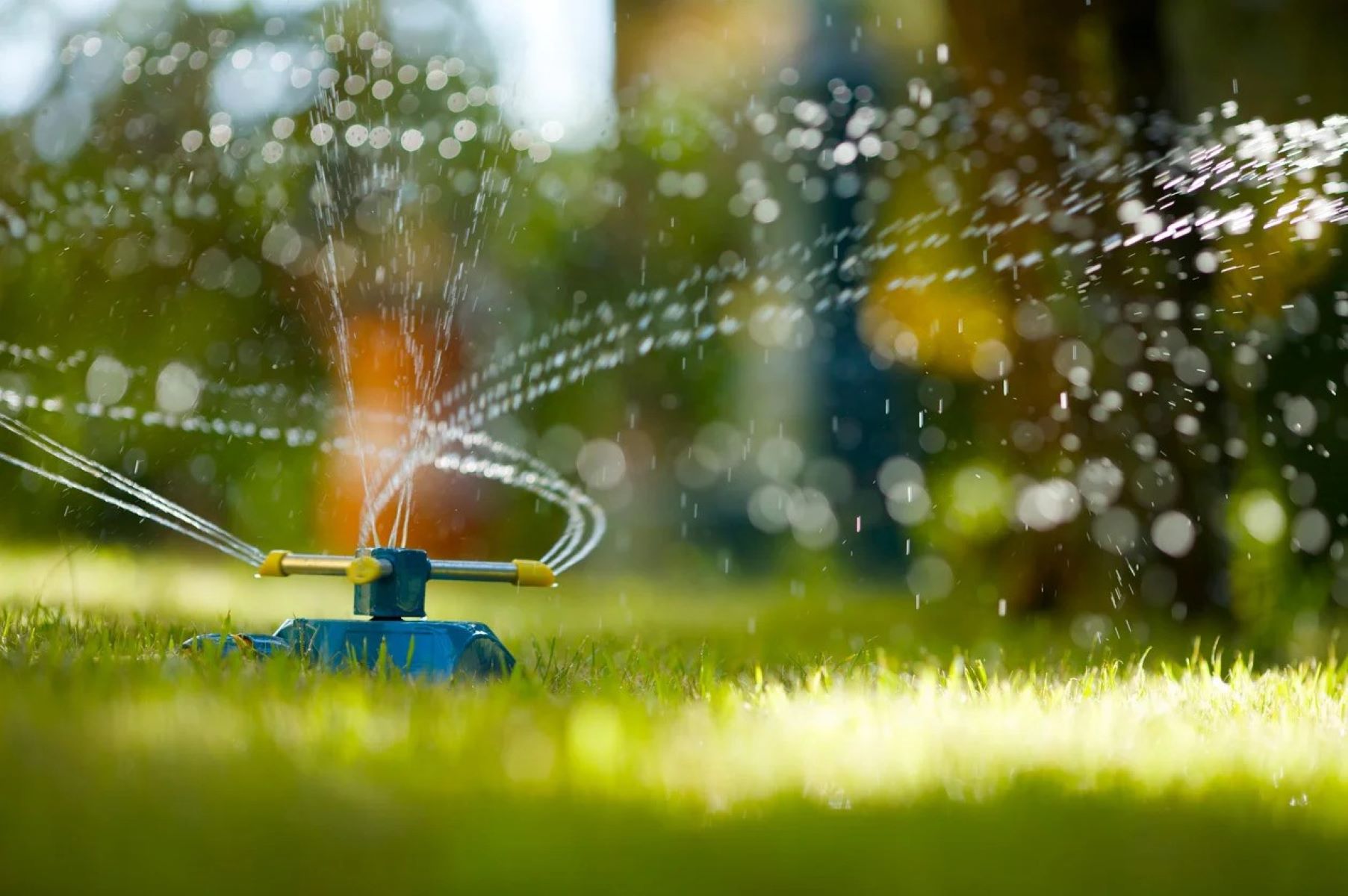

Landscaping Ideas
What Time To Water Your Grass
Published: February 1, 2024
Learn the best time to water your grass and other essential landscaping ideas to keep your lawn healthy and vibrant. Discover expert tips for maintaining a lush, green lawn.
(Many of the links in this article redirect to a specific reviewed product. Your purchase of these products through affiliate links helps to generate commission for Storables.com, at no extra cost. Learn more)
Introduction
Landscaping can transform a mundane outdoor space into a vibrant and inviting oasis. Lush green grass, in particular, serves as the cornerstone of a picturesque landscape, providing a soft carpet for bare feet and a refreshing sight for the eyes. However, maintaining a healthy lawn requires more than just regular mowing and occasional fertilizing. Adequate watering is essential to ensure that your grass thrives and remains resilient against various environmental stressors.
Watering your grass at the right time is crucial for its overall health and vitality. Understanding the optimal timing for this task can significantly impact the effectiveness of your lawn care routine. By considering various factors and adhering to the best practices, you can ensure that your grass receives the hydration it needs to flourish.
In this article, we will delve into the intricacies of watering your grass, exploring the factors to consider, the best time to water, and the frequency of watering. By the end, you will have a comprehensive understanding of how to nurture your lawn to achieve a vibrant and resilient expanse of greenery.
Key Takeaways:
- Water your grass in the early morning or evening to maximize absorption and minimize evaporation, promoting a healthy and vibrant lawn.
- Tailor your watering schedule to match the weather, grass type, and growth stage, prioritizing deep, infrequent watering for robust root development and resilience.
Factors to Consider
When determining the optimal watering routine for your grass, several factors come into play. Understanding these considerations can help you tailor your approach to meet the specific needs of your lawn, promoting healthy growth and sustainability.
- Grass Type: Different grass species have varying water requirements. For instance, cool-season grasses such as Kentucky bluegrass and fescue thrive with regular watering, while warm-season varieties like Bermuda grass and Zoysia grass exhibit greater drought tolerance. Familiarize yourself with the specific needs of your grass type to ensure targeted and effective watering.
- Soil Type: The composition of your soil influences its water retention capabilities. Sandy soils drain quickly and may require more frequent watering, while clay soils retain moisture for longer periods. Understanding your soil type enables you to adjust your watering schedule accordingly, preventing water wastage and promoting optimal absorption.
- Weather Conditions: Environmental factors such as temperature, humidity, and wind speed directly impact your grass’s water requirements. During hot and dry spells, increased watering may be necessary to compensate for moisture loss, while cooler and more humid conditions may necessitate a reduction in watering frequency.
- Shade and Sunlight: The amount of shade or sunlight your lawn receives affects its water needs. Shaded areas retain moisture for longer, requiring less frequent watering, while sun-drenched spots may demand more attention to combat evaporation and heat stress.
- Establishment Stage: Newly seeded or sodded lawns require consistent moisture to support germination and root development. During this establishment phase, attentive watering is crucial for ensuring the successful growth and establishment of your grass.
- Topography: The slope and drainage patterns of your lawn influence water distribution. Flat areas may retain water, leading to potential oversaturation, while sloped terrain can experience runoff, necessitating strategic watering techniques to ensure even coverage.
By considering these factors, you can tailor your watering approach to align with the unique characteristics of your lawn, promoting efficient water usage and optimal growth. Understanding the interplay of these elements empowers you to make informed decisions regarding your lawn care practices, fostering a vibrant and resilient grassy landscape.
Best Time to Water
Timing plays a pivotal role in the effectiveness of your grass watering routine. By selecting the most opportune moments to hydrate your lawn, you can maximize water absorption and minimize moisture loss, fostering a healthy and vibrant expanse of grass.
The early morning, ideally between 4 am and 8 am, stands out as the optimal time to water your grass. During these early hours, the sun is not yet at its peak, and temperatures remain relatively cool. This mitigates the risk of excessive evaporation, allowing the water to penetrate the soil and reach the grassroots effectively. Additionally, morning watering provides ample time for the grass blades to dry in the sunlight, reducing the likelihood of fungal diseases taking hold.
Evening watering, typically between 4 pm and 7 pm, presents another viable option. As the sun begins to wane and temperatures gradually decrease, evening watering allows the moisture to seep into the soil without the immediate threat of evaporation. However, it’s essential to ensure that the grass has ample time to dry before nightfall to prevent prolonged moisture on the blades, which can invite fungal growth and other issues.
Conversely, watering during the middle of the day is generally discouraged. The intense sunlight and high temperatures lead to rapid evaporation, diminishing the effectiveness of the watering session. Additionally, water droplets on the grass blades can act as magnifying glasses, potentially causing scorching and damage to the foliage.
By adhering to these optimal watering times, you can maximize the efficiency of your watering efforts, ensuring that your grass receives the hydration it needs to thrive. Additionally, incorporating a consistent schedule aligns with the natural circadian rhythms of the grass, promoting robust growth and resilience against environmental stressors.
Understanding the best time to water your grass empowers you to make informed decisions that promote the overall health and vitality of your lawn. By leveraging the advantages of strategic timing, you can optimize water usage and contribute to the enduring beauty of your outdoor space.
Water your grass in the early morning, between 6 am and 10 am, to reduce evaporation and allow the grass to dry before nightfall, which helps prevent disease.
Frequency of Watering
Establishing a well-defined watering schedule is essential for nurturing a thriving and resilient lawn. By determining the appropriate frequency of watering, you can ensure that your grass receives consistent moisture, fostering healthy growth and vitality. Several key considerations can guide you in determining the optimal watering frequency for your lawn.
One crucial factor to consider is the prevailing weather conditions. During periods of high temperatures and reduced rainfall, your lawn may require more frequent watering to compensate for moisture loss. Conversely, cooler and more humid conditions may necessitate a reduction in watering frequency to prevent over-saturation and potential issues such as fungal growth.
Understanding the moisture needs of your grass is also instrumental in establishing an effective watering schedule. Different grass species and soil types exhibit varying water retention capabilities, influencing the frequency at which watering is required. By familiarizing yourself with the specific requirements of your grass and soil, you can tailor your watering regimen to align with these individual needs.
Moreover, the stage of grass growth and establishment plays a pivotal role in determining the appropriate watering frequency. Newly seeded or sodded lawns demand consistent moisture to support germination and root development. During this critical phase, frequent, light watering sessions are often recommended to ensure that the seeds or sod remain adequately hydrated, facilitating successful growth and establishment.
When implementing a watering schedule, it’s essential to prioritize deep, infrequent watering over shallow and frequent sessions. Deep watering encourages the development of robust root systems as the moisture penetrates deeper into the soil, promoting resilience against drought conditions. In contrast, shallow watering can lead to shallow root growth, rendering the grass more susceptible to stress and water shortages.
By integrating these considerations into your lawn care routine, you can establish a well-calibrated watering schedule that aligns with the specific needs of your grass and soil. This proactive approach not only promotes the health and vibrancy of your lawn but also contributes to efficient water usage, fostering a sustainable and flourishing outdoor environment.
Conclusion
Caring for your grass involves a multifaceted approach, with watering playing a pivotal role in nurturing a lush and resilient lawn. By considering various factors such as grass type, soil composition, weather conditions, and topography, you can tailor your watering practices to meet the unique needs of your outdoor space. Understanding the best time to water, the frequency of watering, and the impact of these decisions empowers you to cultivate a thriving and sustainable grassy landscape.
Optimizing the timing of your watering sessions, such as favoring the early morning or evening hours, allows for efficient water absorption and minimizes the risk of evaporation. By adhering to these strategic watering times, you can maximize the effectiveness of your efforts and contribute to the overall health and vitality of your lawn.
Establishing a well-defined watering schedule, guided by the prevailing weather conditions, grass type, and growth stage, is instrumental in promoting healthy growth and resilience. By prioritizing deep, infrequent watering, you can encourage robust root development and fortify your grass against environmental stressors, fostering a sustainable and enduring landscape.
Ultimately, nurturing a vibrant and resilient lawn through strategic watering practices not only enhances the aesthetic appeal of your outdoor space but also contributes to environmental sustainability. By optimizing water usage and aligning your approach with the specific needs of your grass and soil, you can cultivate a thriving and enduring expanse of greenery, enriching your outdoor experience and creating a welcoming environment for all to enjoy.
Embracing the art of watering your grass at the right time, with the appropriate frequency, is a testament to your commitment to fostering a vibrant and sustainable outdoor haven. By integrating these best practices into your lawn care routine, you can embark on a journey to create a lush and resilient grassy landscape that flourishes under your thoughtful and attentive care.
Frequently Asked Questions about What Time To Water Your Grass
Was this page helpful?
At Storables.com, we guarantee accurate and reliable information. Our content, validated by Expert Board Contributors, is crafted following stringent Editorial Policies. We're committed to providing you with well-researched, expert-backed insights for all your informational needs.
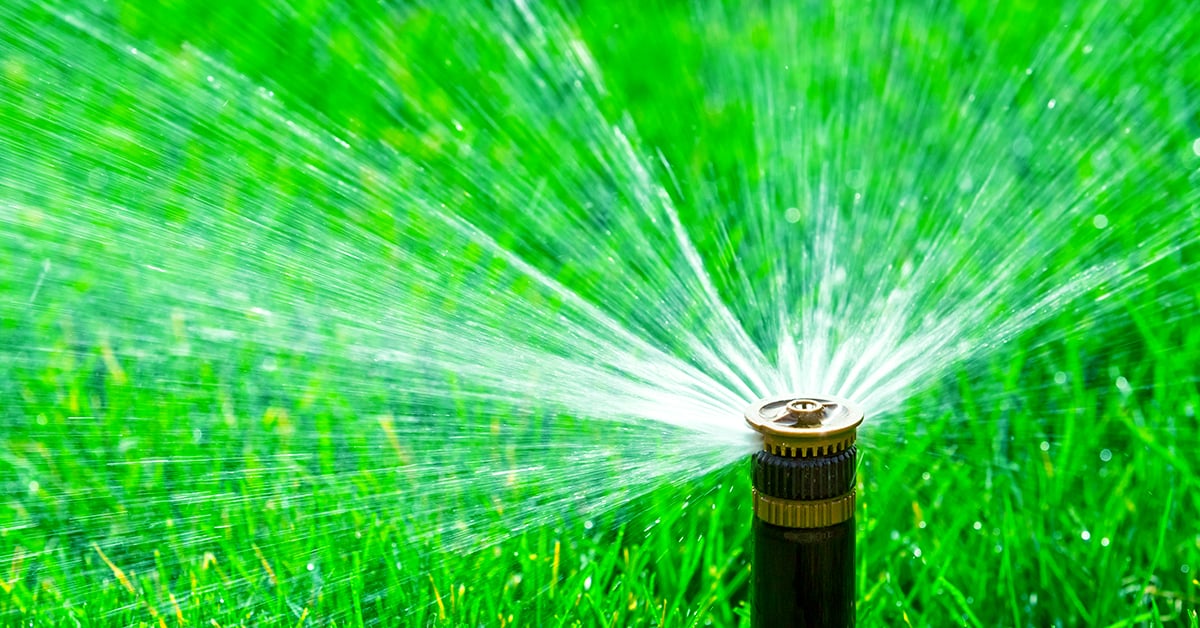
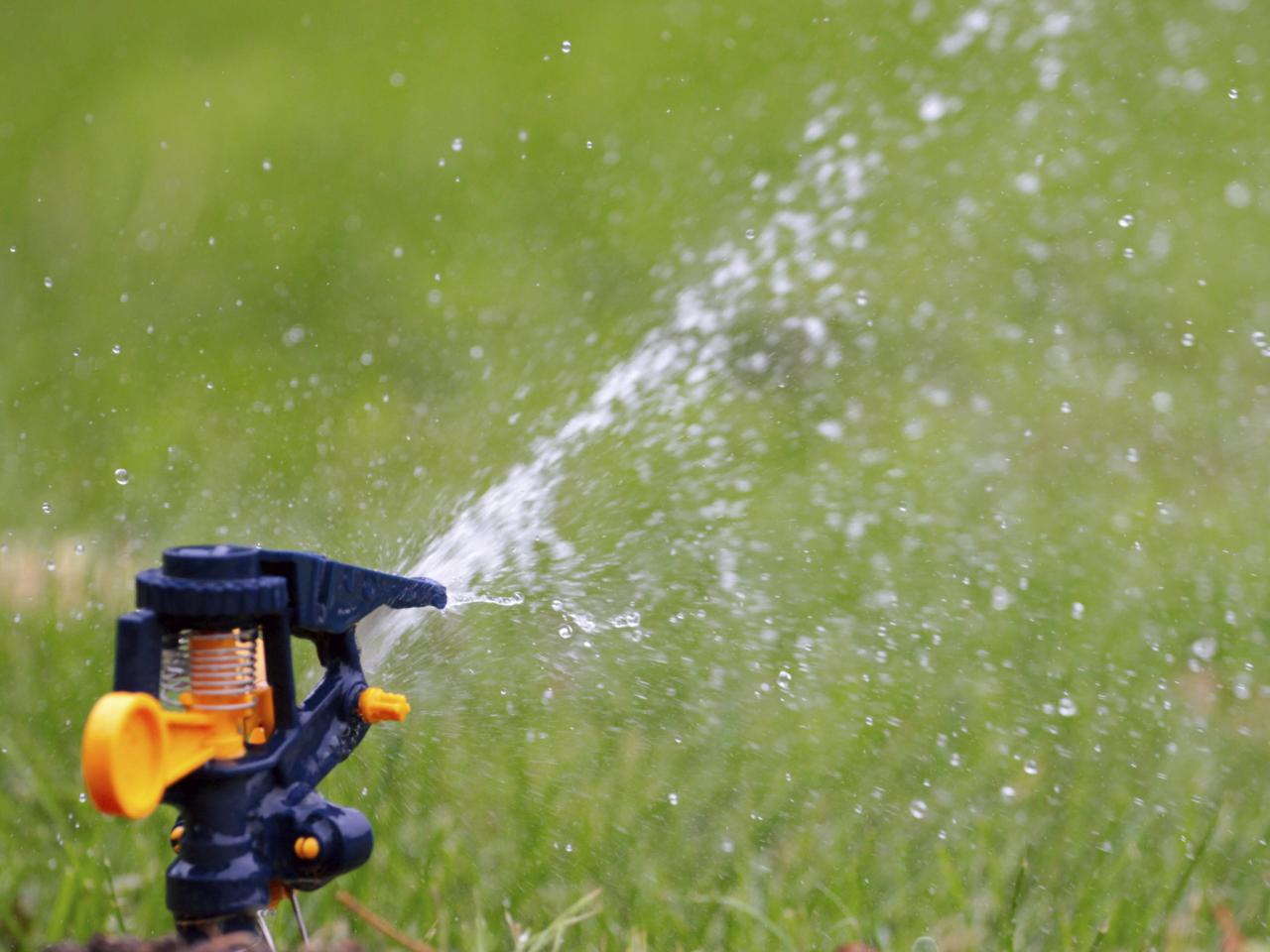
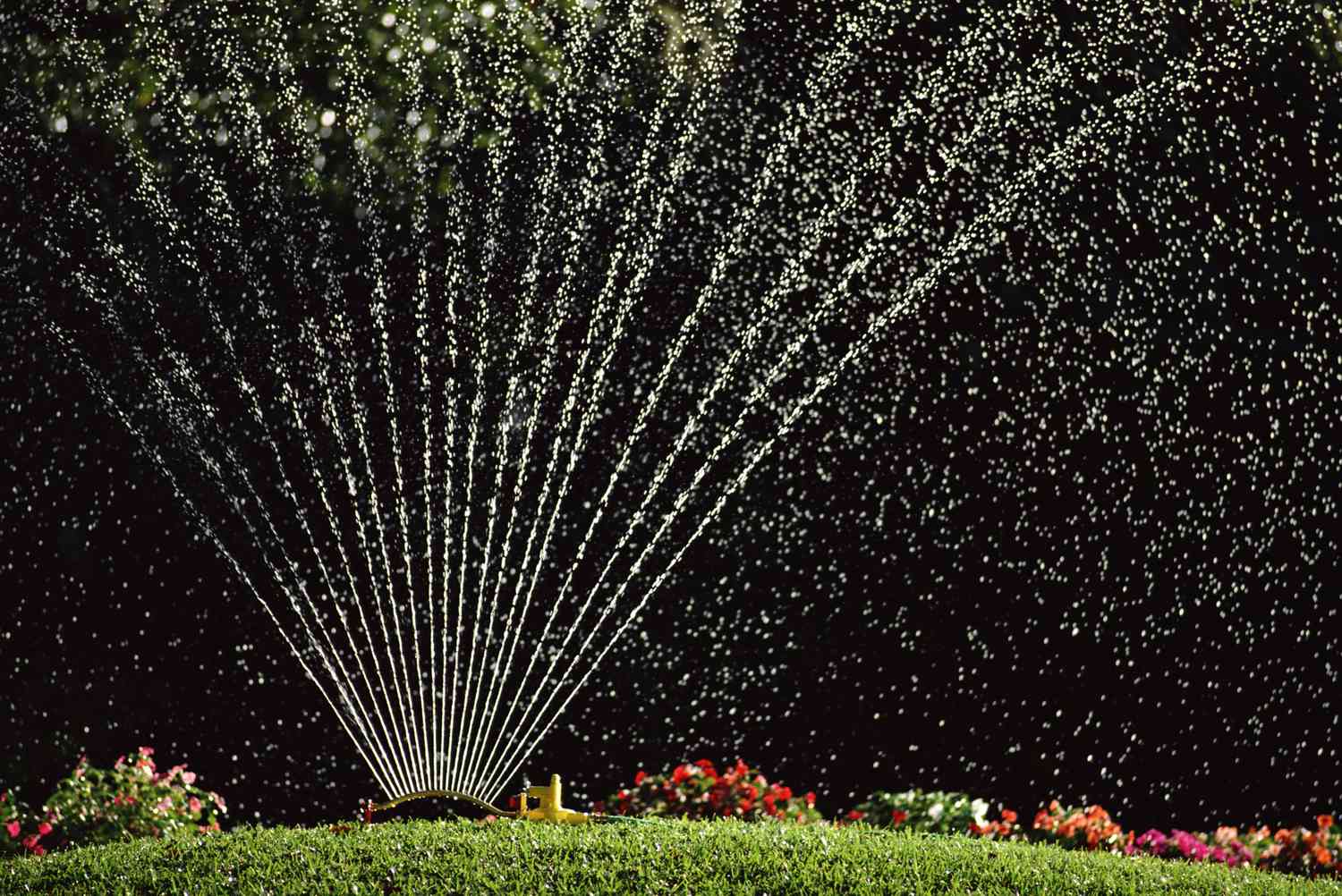
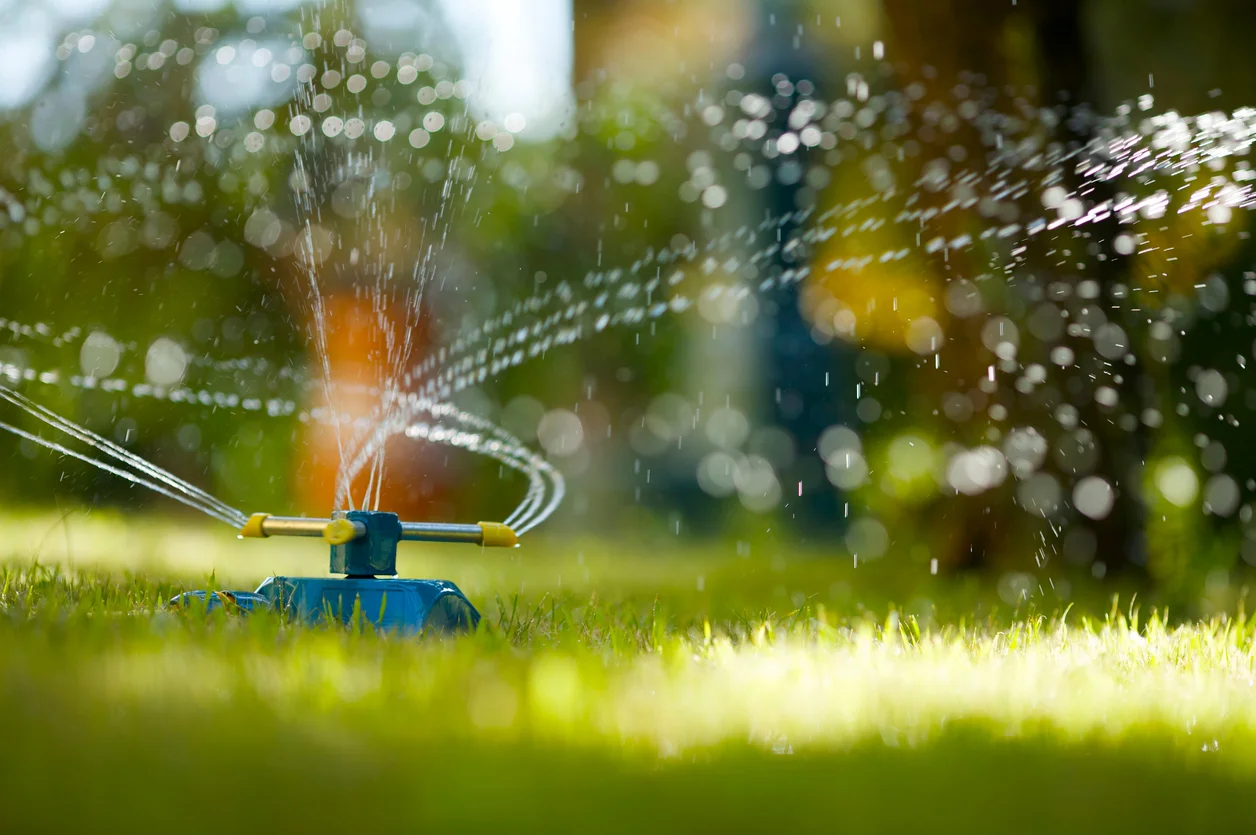
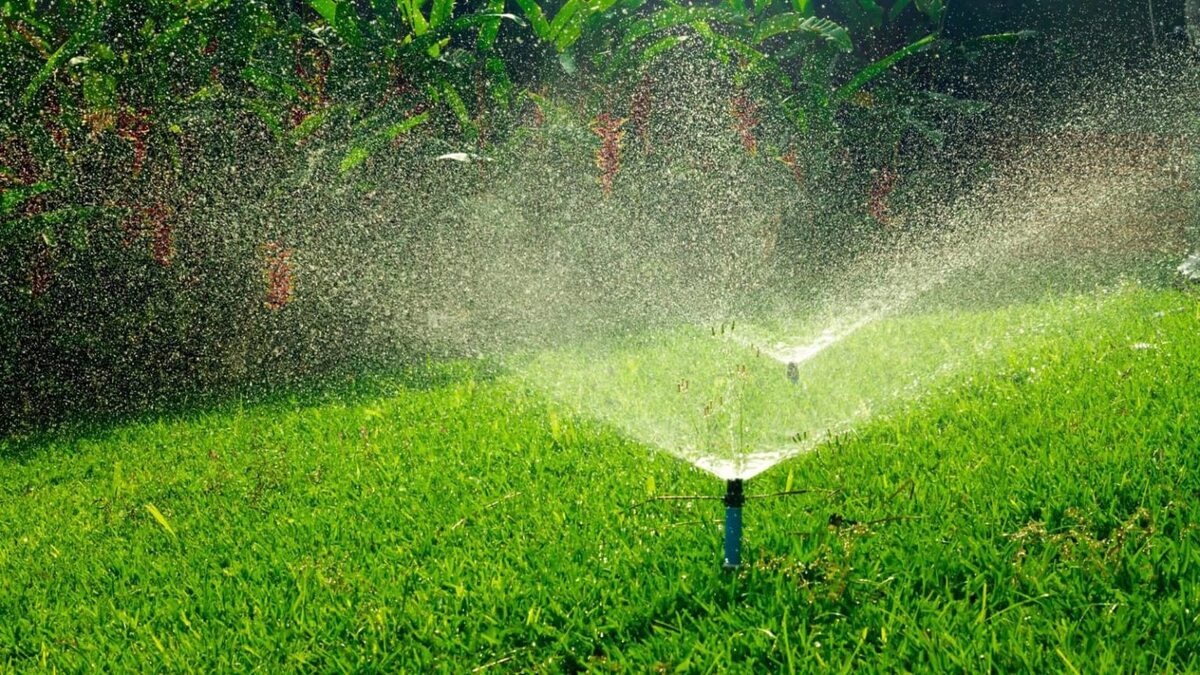

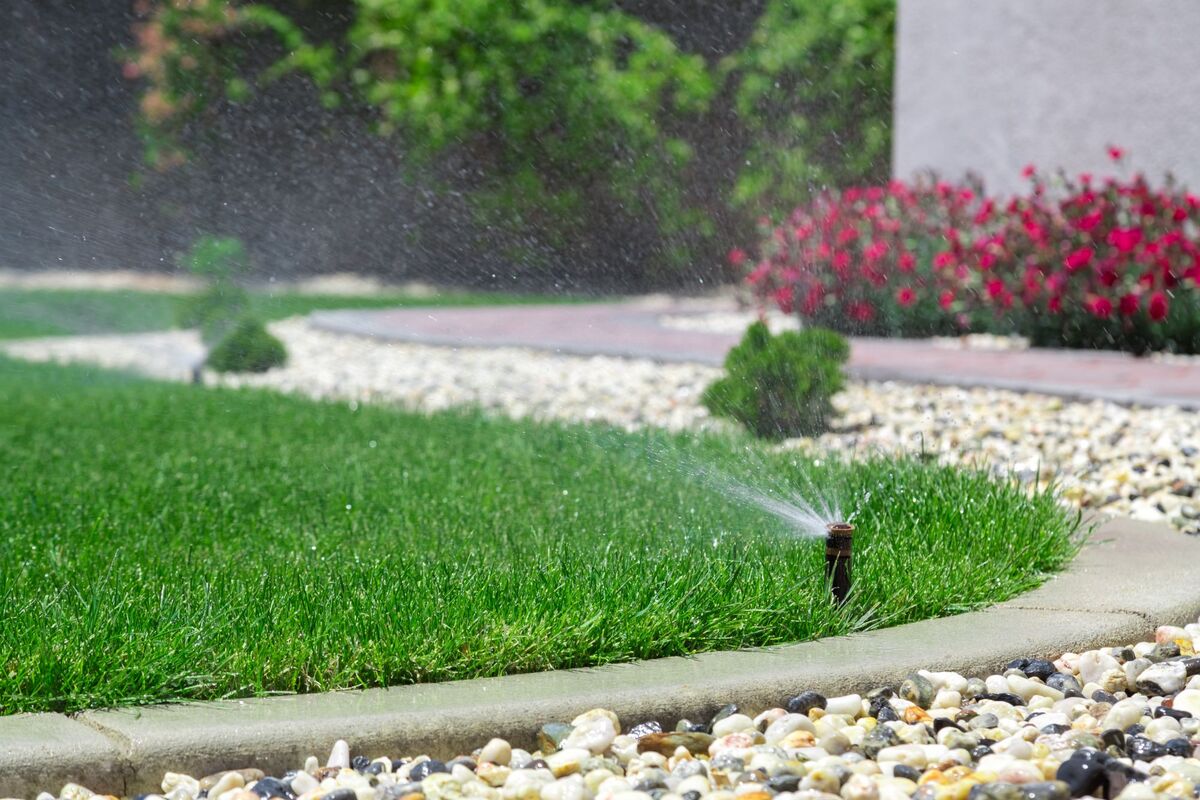
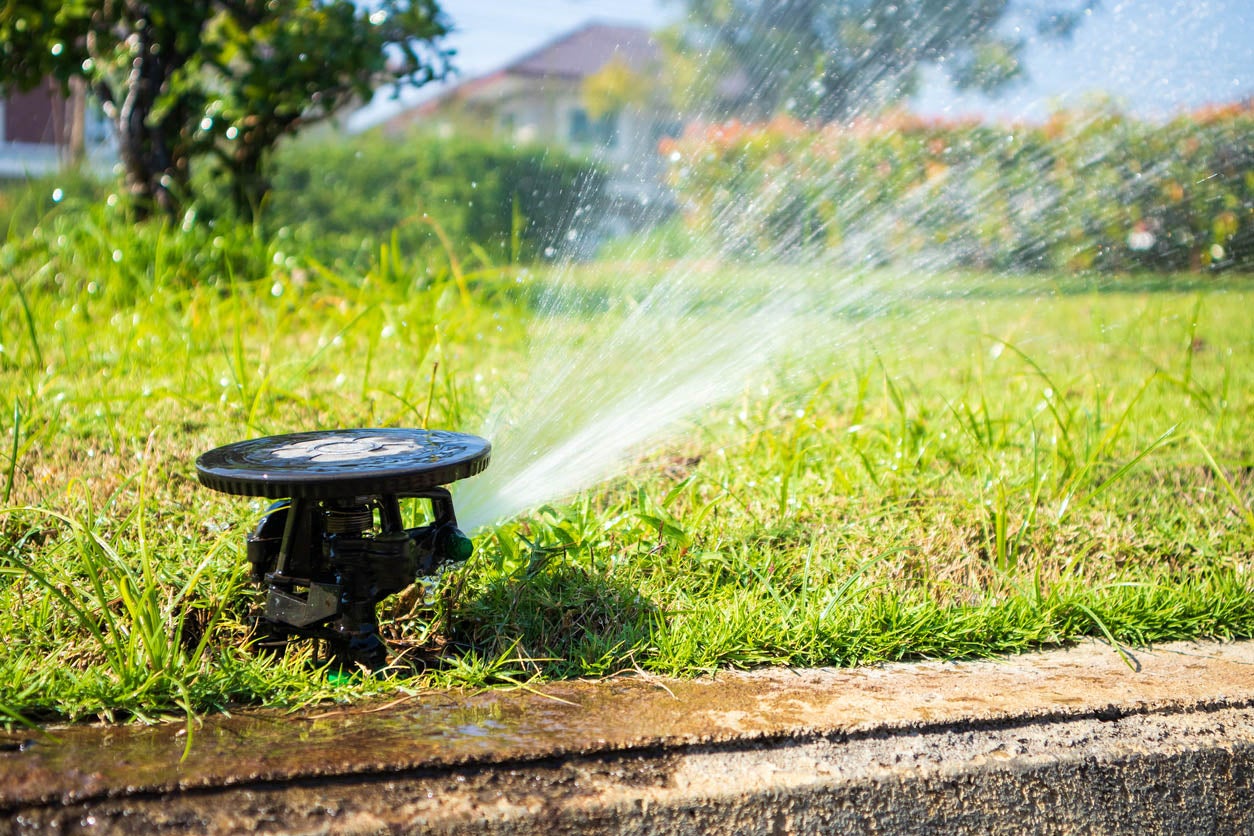
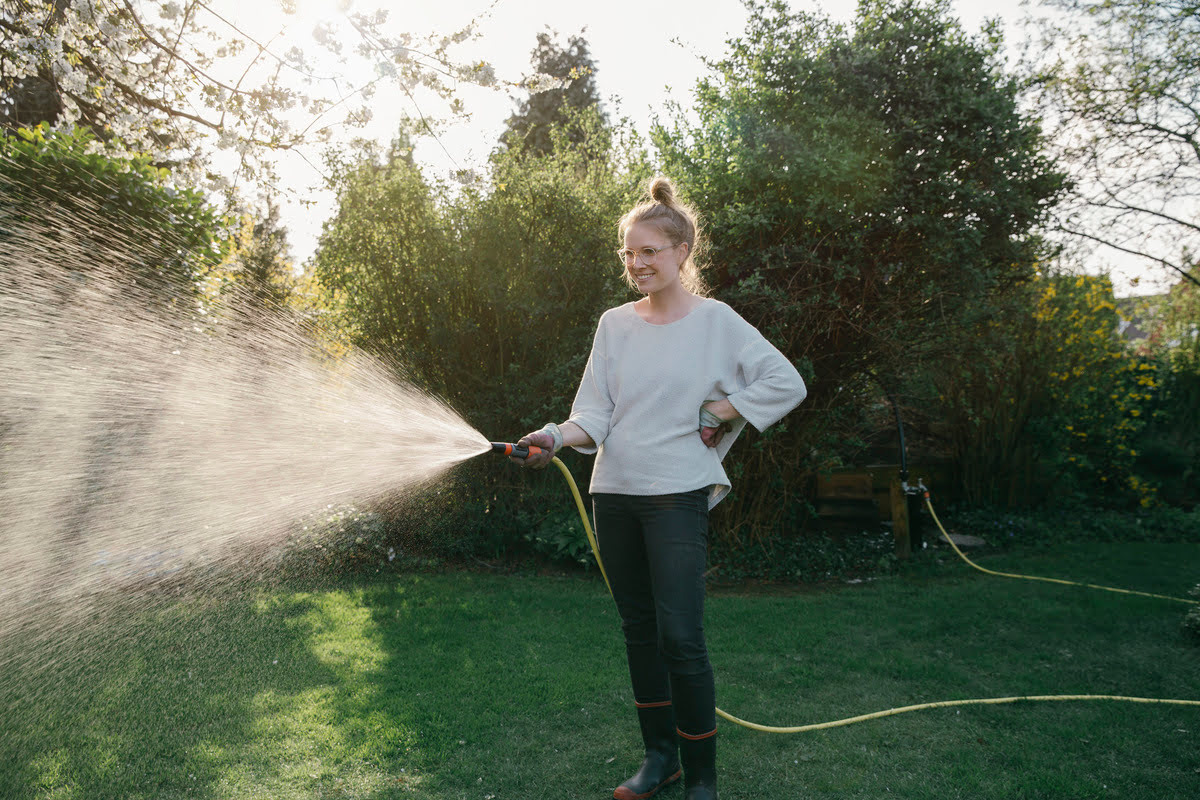
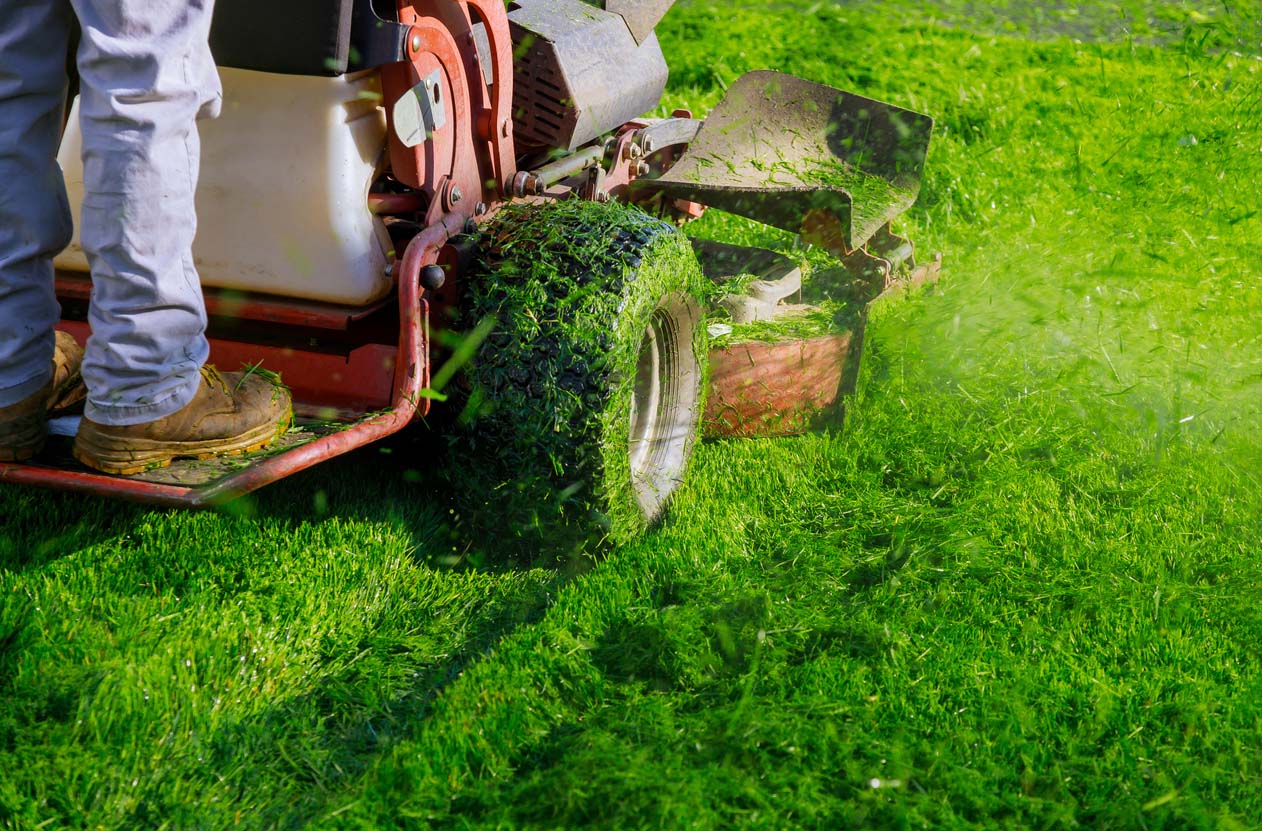
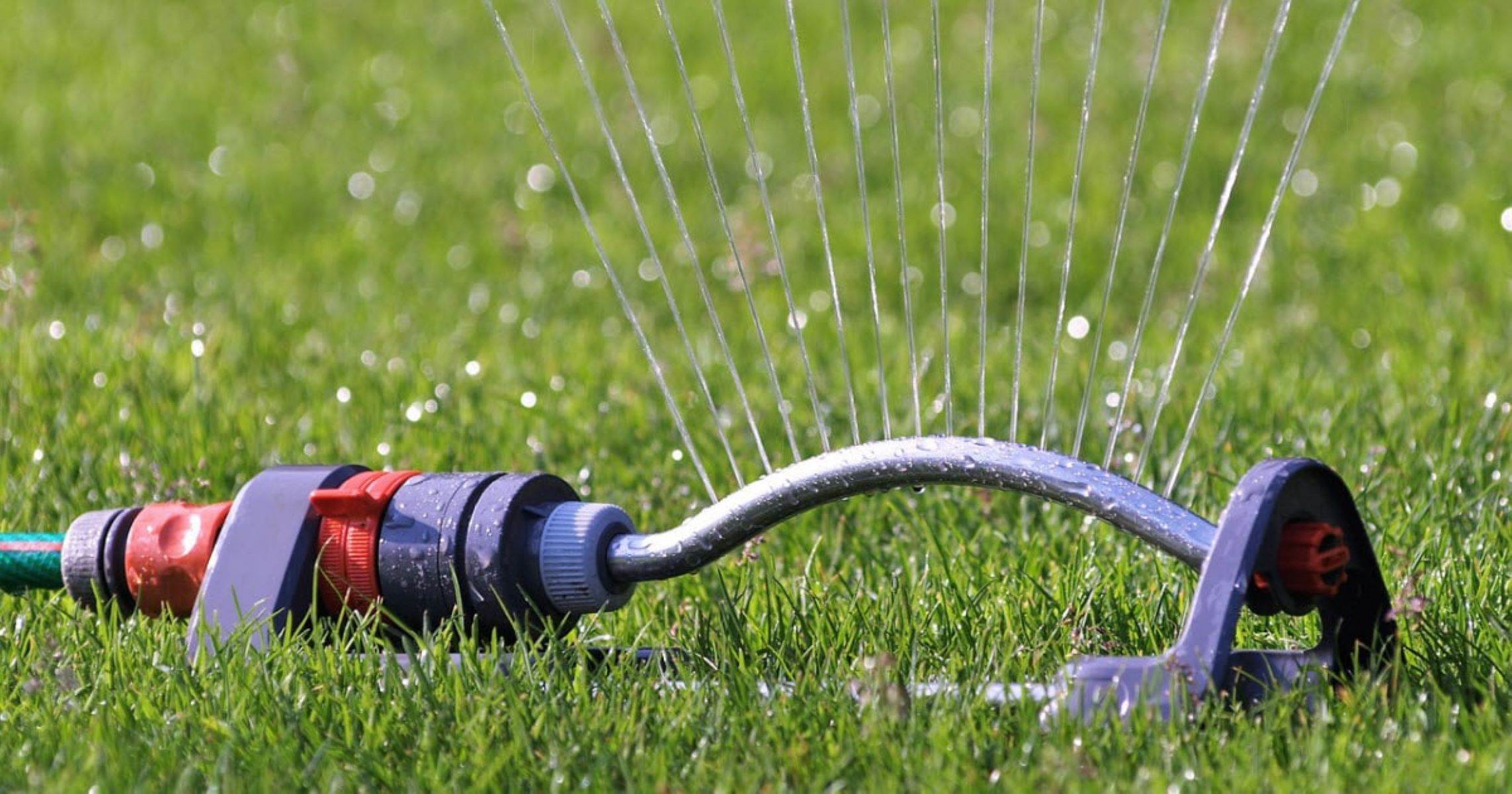


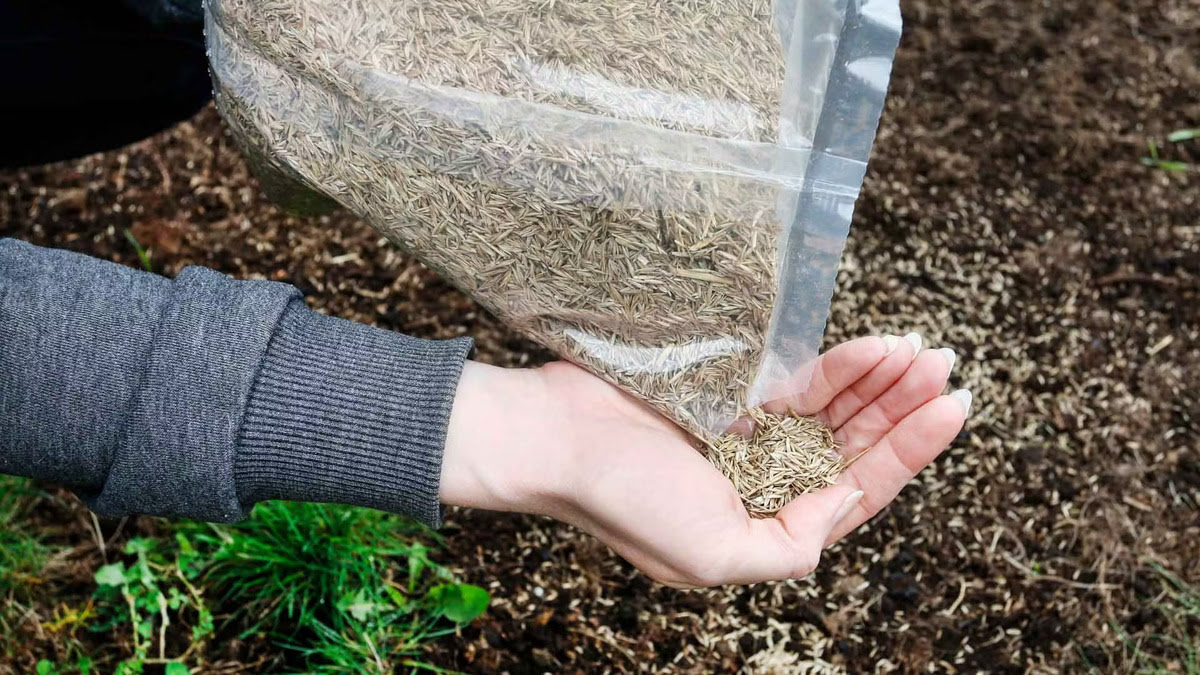
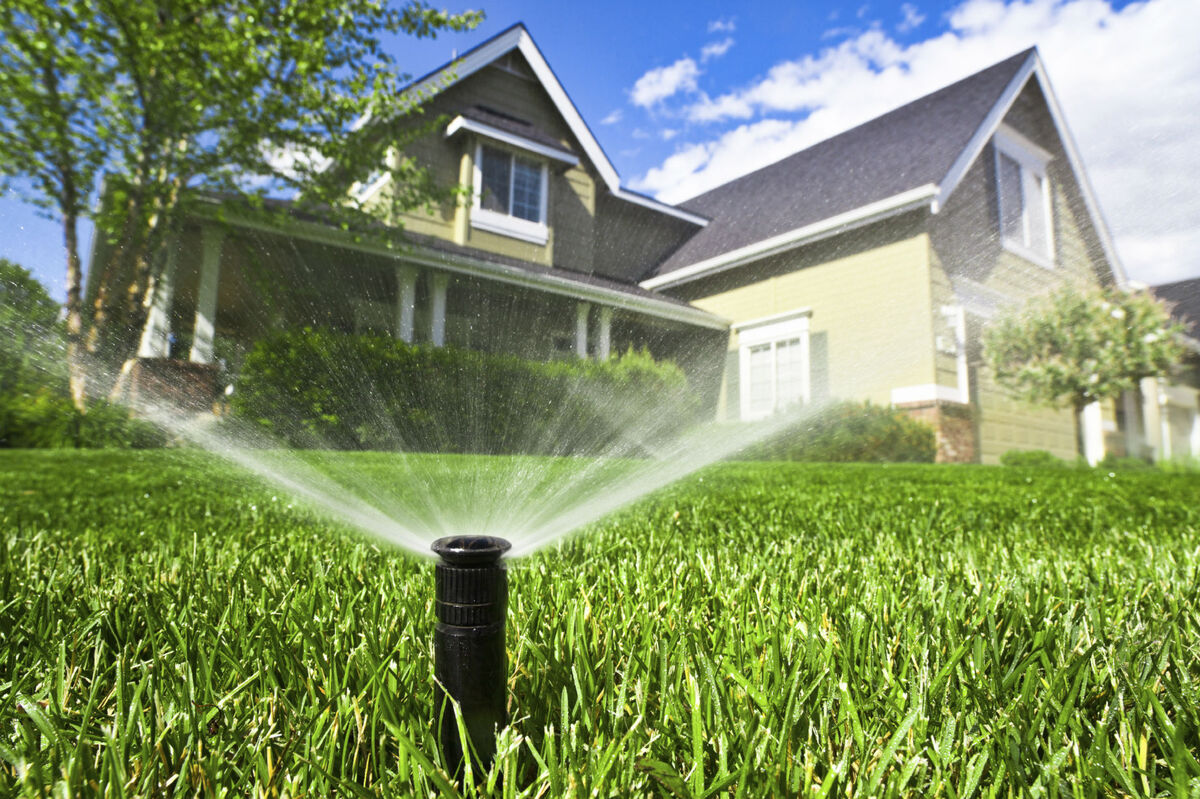

0 thoughts on “What Time To Water Your Grass”